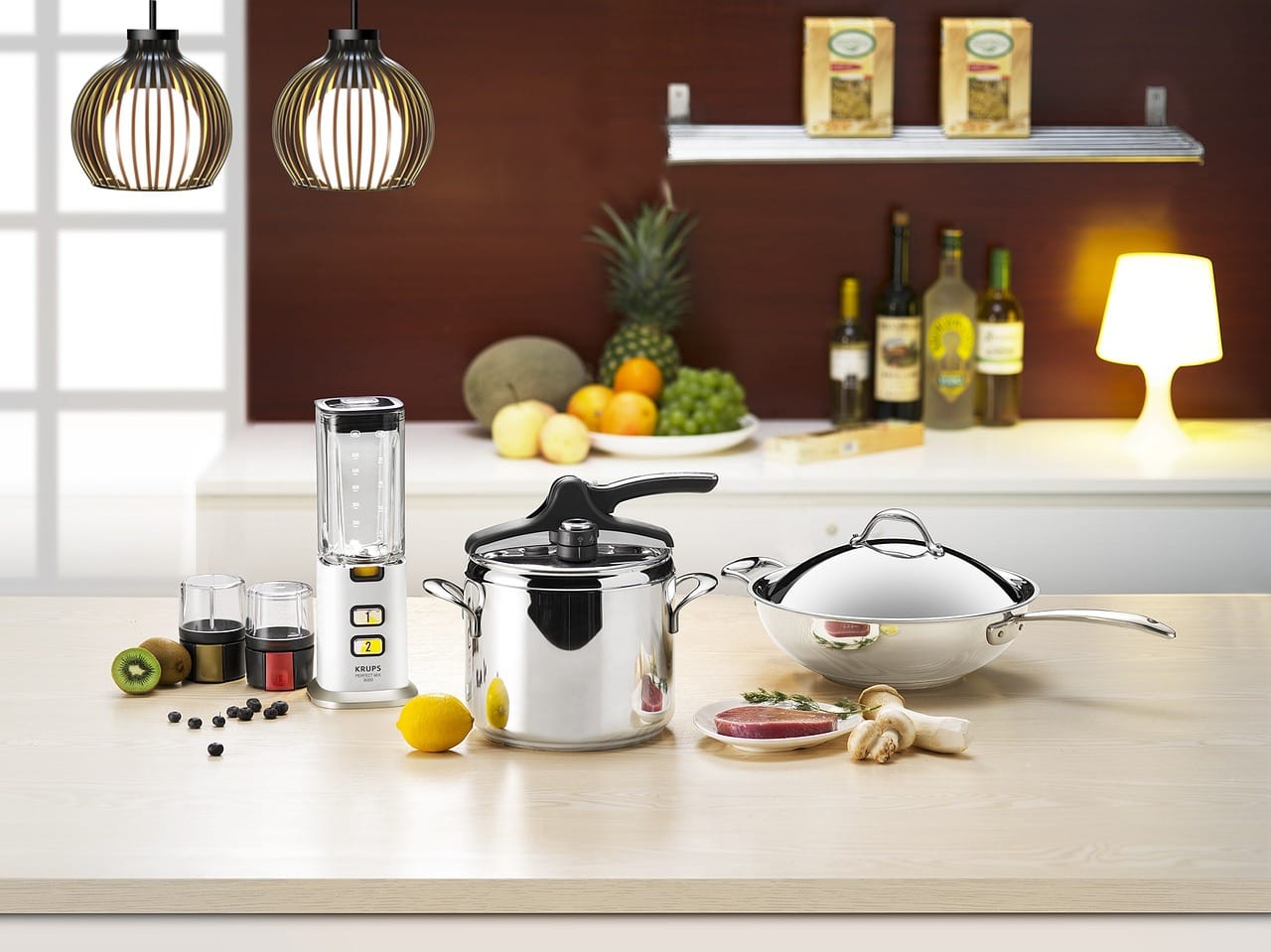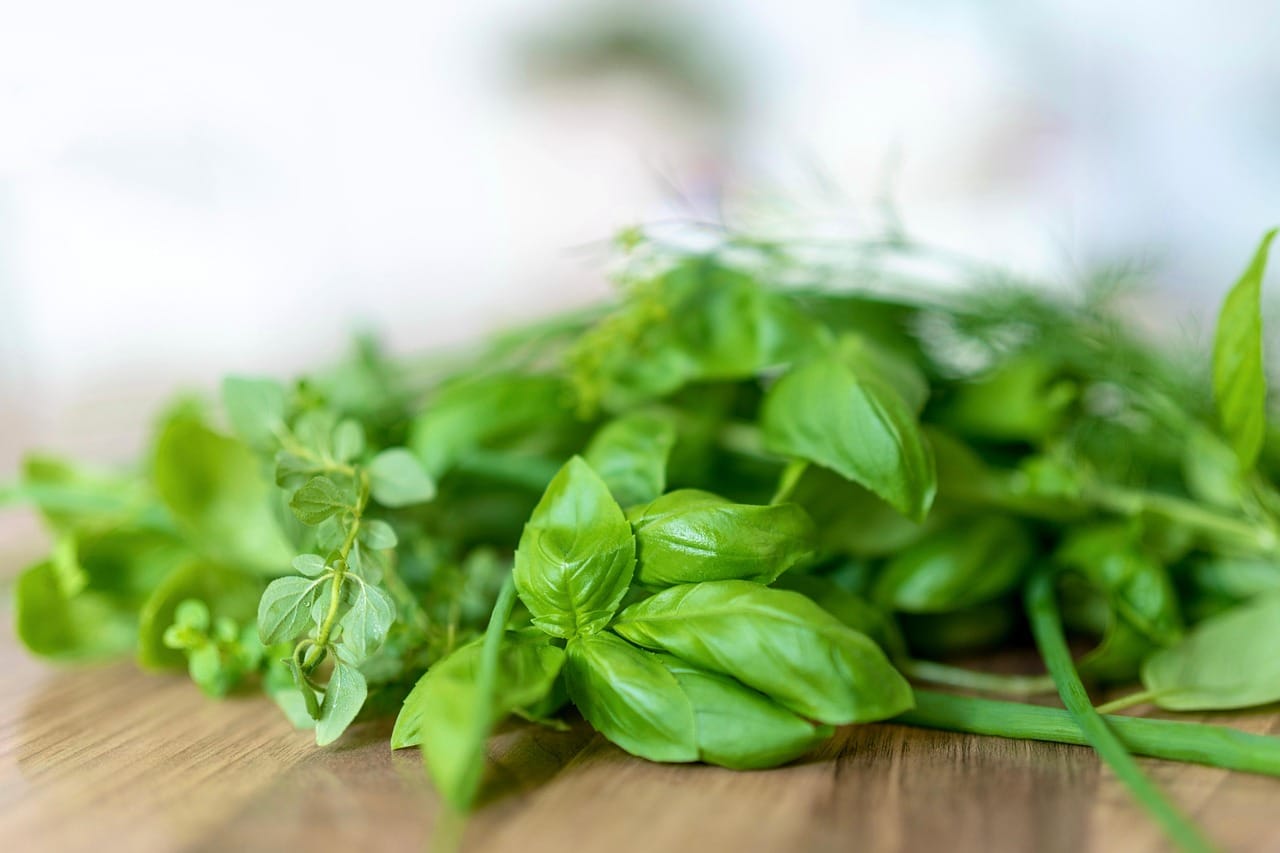One-pot pasta is a revolutionary cooking method that simplifies weeknight dinners without sacrificing flavor. Imagine tender pasta perfectly coated in a delicious sauce, all cooked in a single pot, minimizing cleanup and maximizing convenience. This method isn’t just about ease; it’s about creating incredibly flavorful dishes where the pasta absorbs the sauce’s essence as it cooks. Let’s dive into the world of one-pot pasta and discover how to master this culinary game-changer.
What is One-Pot Pasta?
Understanding the Concept
One-pot pasta is exactly what it sounds like: a complete pasta dish cooked entirely in one pot. This means the pasta, sauce ingredients (vegetables, protein, broth, spices), and liquid all simmer together until the pasta is cooked and the sauce has thickened. The beauty lies in the pasta absorbing the flavors of the other ingredients as it cooks, creating a harmonious and deeply satisfying meal.
Benefits of Cooking Pasta in One Pot
- Reduced Cleanup: Fewer dishes mean less time spent scrubbing and more time enjoying your meal.
- Enhanced Flavors: The pasta absorbs the flavors of the sauce, resulting in a more flavorful dish compared to traditionally cooked pasta.
- Convenience: Perfect for busy weeknights, one-pot pasta requires minimal prep and attention.
- Versatility: You can adapt one-pot pasta recipes to suit your tastes and dietary needs. Vegan, vegetarian, gluten-free, and meat-based versions are all easily achievable.
- Water Conservation: Using less water than traditional pasta cooking helps conserve resources.
How One-Pot Pasta Works
The key to successful one-pot pasta is getting the liquid-to-pasta ratio right. The starch released from the pasta as it cooks helps to thicken the sauce, creating a creamy and cohesive dish. It’s also important to add ingredients in an order that ensures they cook evenly.
Choosing the Right Ingredients
Pasta Selection
While almost any type of pasta can be used, some are better suited for the one-pot method than others.
- Good Choices: Penne, rotini, fusilli, rigatoni, and smaller shapes like ditalini work well because they cook evenly and hold their shape.
- Avoid: Long strands like spaghetti or fettuccine can clump together, requiring more stirring and potentially leading to uneven cooking. If using long pasta, break it into smaller pieces before adding it to the pot.
- Gluten-Free: Gluten-free pasta can also be used, but be mindful of cooking times as they may vary.
Liquid Base
The liquid base is crucial for both cooking the pasta and creating the sauce.
- Broth: Chicken, vegetable, or beef broth add depth of flavor.
- Water: While water can be used, broth is preferred for enhanced taste.
- Tomato Sauce/Puree: Adds richness and acidity. Consider using a combination of broth and tomato sauce.
- Cream/Milk (Optional): For a creamier sauce, add a splash of cream or milk towards the end of cooking.
Vegetables and Protein
The possibilities are endless!
- Vegetables: Onions, garlic, bell peppers, tomatoes, zucchini, spinach, mushrooms, and broccoli are popular choices. Add harder vegetables earlier in the cooking process.
- Protein: Ground meat (beef, turkey, chicken), sausage, shrimp, chickpeas, or beans can be added. Pre-cook meat if necessary.
- Herbs and Spices: Fresh or dried herbs and spices add flavor and complexity. Basil, oregano, thyme, red pepper flakes, and garlic powder are commonly used.
Mastering the Technique
The Perfect Liquid Ratio
This is arguably the most crucial element of one-pot pasta. A general guideline is to use about 3 cups of liquid for every pound of pasta, but it may vary depending on the pasta shape and other ingredients. Always start with less liquid and add more if needed. You want the pasta to be submerged but not swimming.
Layering Flavors
Add ingredients in an order that allows each element to cook properly.
Troubleshooting Common Issues
- Pasta Sticking: Stir frequently, especially during the last few minutes of cooking. Add a tablespoon of olive oil to the pot to help prevent sticking.
- Sauce Too Thin: If the sauce is too thin, remove the lid and simmer for a few more minutes to allow the liquid to evaporate. You can also stir in a small amount of cornstarch slurry (cornstarch mixed with cold water) to thicken it.
- Pasta Overcooked: Be mindful of cooking times and check the pasta frequently. If the pasta is overcooked, there’s not much you can do to salvage it, so start with a shorter cooking time and add more liquid if needed.
- Sauce Too Thick: If the sauce is too thick, add a splash of broth or water to thin it out.
Delicious One-Pot Pasta Recipes
One-Pot Tomato Basil Pasta
This classic recipe is simple yet satisfying.
- Ingredients: 1 lb pasta (penne or rotini), 1 (28 oz) can crushed tomatoes, 4 cups vegetable broth, 1 onion (chopped), 2 cloves garlic (minced), 1 tsp dried oregano, 1/2 tsp red pepper flakes, fresh basil (chopped), Parmesan cheese (grated), olive oil, salt, and pepper to taste.
- Instructions: Sauté onion and garlic in olive oil. Add crushed tomatoes, broth, oregano, and red pepper flakes. Bring to a boil. Add pasta and simmer until pasta is cooked and sauce has thickened, stirring occasionally. Stir in fresh basil and Parmesan cheese. Season with salt and pepper to taste.
One-Pot Creamy Chicken and Broccoli Pasta
A hearty and comforting meal.
- Ingredients: 1 lb pasta (penne or rotini), 4 cups chicken broth, 1 lb boneless, skinless chicken breasts (cubed), 1 head broccoli (cut into florets), 1 onion (chopped), 2 cloves garlic (minced), 1/2 cup heavy cream, 1/4 cup Parmesan cheese (grated), olive oil, salt, and pepper to taste.
- Instructions: Sauté onion and garlic in olive oil. Add chicken and cook until browned. Add broccoli, broth, salt, and pepper. Bring to a boil. Add pasta and simmer until pasta is cooked and sauce has thickened, stirring occasionally. Stir in heavy cream and Parmesan cheese.
One-Pot Vegan Tomato and Spinach Pasta
A healthy and flavorful plant-based option.
- Ingredients: 1 lb pasta (penne or rotini), 4 cups vegetable broth, 1 (28 oz) can crushed tomatoes, 5 oz fresh spinach, 1 onion (chopped), 2 cloves garlic (minced), 1 tbsp olive oil, 1 tsp dried oregano, salt, and pepper to taste.
- Instructions: Sauté onion and garlic in olive oil. Add crushed tomatoes, broth, and oregano. Bring to a boil. Add pasta and spinach. Simmer until pasta is cooked and sauce has thickened, stirring occasionally. Season with salt and pepper to taste.
Conclusion
One-pot pasta is a game-changer for anyone looking to simplify their cooking routine without compromising on flavor. With its reduced cleanup, enhanced flavors, and incredible versatility, it’s a technique worth mastering. By understanding the principles of liquid ratios, ingredient layering, and troubleshooting common issues, you can create delicious and satisfying one-pot pasta dishes that will become staples in your kitchen. So, grab a pot, gather your ingredients, and get ready to experience the magic of one-pot pasta!




